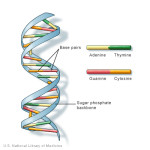 Several months ago I bought 23andMe’s Personal Genomics test kits for my wife and myself. 23andMe is a DNA analysis service providing information and tools for individuals to learn about and explore their DNA. Using an Illumina HumanOmniExpress-24 format chip, 23andMe detects single nucleotide polymorphisms (SNPs). 23andMe then analyzes the SNP data and provides reports on ancestry composition (what countries/regions your ancestors most likely came from). Prior to November 2013, 23andMe also provided health risk analysis (certain cancers, risk of heart disease, response /reaction to various medications) and physical trait probability – from eye color to ear wax type.
Several months ago I bought 23andMe’s Personal Genomics test kits for my wife and myself. 23andMe is a DNA analysis service providing information and tools for individuals to learn about and explore their DNA. Using an Illumina HumanOmniExpress-24 format chip, 23andMe detects single nucleotide polymorphisms (SNPs). 23andMe then analyzes the SNP data and provides reports on ancestry composition (what countries/regions your ancestors most likely came from). Prior to November 2013, 23andMe also provided health risk analysis (certain cancers, risk of heart disease, response /reaction to various medications) and physical trait probability – from eye color to ear wax type.
 Sadly, the US Government (Food and Drug Administration – FDA) has forced 23andMe to stop selling its health risk service, as the FDA considers the interpretation of DNA data a medical device. Apparently the
Sadly, the US Government (Food and Drug Administration – FDA) has forced 23andMe to stop selling its health risk service, as the FDA considers the interpretation of DNA data a medical device. Apparently the nanny state government has again decided that they are the only ones who can save us from our fearful, ignorant, incompetent selves. If you want some very clear arguments on why the FDA is overstepping their regulatory boundaries and doing more harm than good in limiting the ability of consumers to purchase personal genomic information from whom they choose see this letter: https://slatestarcodex.com/2013/11/26/a-letter-i-will-probably-send-to-the-fda/. While the science may not be perfect (but is fast-moving), the combination of innovating firms, big data analytics, and affordable individualized medicine is powerful. Damn poor timing by the FDA to shut it down….
Fortunately, my wife and I were able to engage in unregulated commerce with 23andMe and got our health risk and trait analysis completed before the FDA ruled on my incompetence as a medical consumer to evaluate data and then to discuss my genetic findings, along with my lifestyle, habits, and environmental health factors with qualified medical professionals of my own choosing. So now I have some data points about what medical condition might kill me (spoiler alert: you will die someday, of something), unless something else kills me first (a much more probable car accident, falling off a ladder, a giant sinkhole opening up and swallowing me into the Earth from which I came, poisoning by my wife for one to many snarky comments – the possibilities are endless!). You see, having access to this information is important to me as one of my parents was adopted, so next to nothing is known about their biological family’s disease history, other than knowing that the biological father died at age 49 due to some sort of medical condition (i.e. not an accident). I also have an adopted sibling who knows even less than I know about my biological grandparent’s family (more on adoption and DNA here: https://dnaadoption.com/Home/CanDNAtestingreallyhelp.aspx). Just before Christmas, I bought a SNP test for this sibling – this time from Ancestry.com (23andMe’s ability to sell was in question at the time, although I am hopeful that they will obtain the FDA’s permission to resume marketing their health analysis service soon).
Since receiving my results, I have explored several ways of using the data to better understand myself, my health risks, my ancestry, and to find possible relatives based on DNA data. My sibling has since received their Ancestry.com DNA SNP analysis results so I thought I might share publicly what I have discovered you can do with your own SNP DNA analysis data – whether from 23andMe, Ancestry.com’s AncestryDNA, FamilyTreeDNA or other providers of personal genomic services. The good news is that your raw data is valuable and able to be used to report on ancestry, health risks, medication responses and physical traits at a variety of services beyond the services that 23andMe and AncestryDNA provide (can’t stop progress, FDA). Here’s several ways you can make greater use of your DNA data.
Health Risks and Traits
While 23andMe is not currently able to provide health risk analysis due to the FDA’s shortsighted actions, you can still have your 23andMe Raw Data analyzed by other sites. Some of these sites use 23andMe findings in their own analysis. Before you get too deep into the health risk bit, remember that this is not an exact science. There are many factors beyond SNP variations that determine your health risks, including behaviors (smoking, alcohol consumption), nature (radon exposure, a parent with Agent Orange exposure), or nurture (diet as a child). Some of these non-genetic factors may introduce more risk of a disease or condition than simply having a variation in a certain SNP. Results are not a guarantee that you will have the illness identified; you are only seeing a probability or risk. If normal probability of a disease is one in a million, and your risk is 3 times higher, that’s still a pretty small number.
The most detailed health reporting tool is SNPedia’s Promethease. Promethease analyzes your raw data and matches the data points that you upload with entries in the vast SNPedia database to provide a detailed report of variations that are tied to health risks and other traits.
To get started with Promethease, head to https://promethease.com/, accept the terms of use and upload your raw data as downloaded from your test provider. The cost is $5 – you’ll be prompted for payment as you step through the interface. After about 15 minutes you’ll have a very detailed report generated. The reports can be a bit overwhelming. Check out this YouTube video for help on reading and manipulating your report. Your Promethease report is not kept online forever, so be sure to download a copy of your report (it is a big HTML web page) so you can reference it later.
You’ll want to experiment with filters on your Promethease report to eliminate findings of bad repute or low quality. Talk to your doctor about the findings in the report (take a copy with you). Some doctors don’t quite know what to do with consumer-driven genomics, but good doctors will take an interest in the data and help you understand what the findings mean to your long-term health plan.
If you used 23andMe, another option for interpreting your health risk is through the Livewello app (https://livewello.com/23andme). Livewello provides an easy-to-read report on the variations found in your DNA. Findings in the report are linked to SNPedia, NIH, 23andMe and other sources to help you better understand the finding. You’ll pay $19.99 for the Livewello app. Some of my Livewello 23andMe health findings are pictured below:
Interpretome (https://esquilax.stanford.edu/) is another web-based tool that provides analysis and reporting on health risk, ancestry, and Neandertahal makeup using your 23andMe or Lumigenix raw data. You’ll have to convert your Ancestry.com AncestryDNA data to 23andMe format to use Interpretome (there’s an Excel spreadsheet with a macro that can do the conversion here: https://boards.ancestry.com/thread.aspx?m=132&p=topics.dnaresearch.autosomal&dc=50). To get started, click the ‘Begin Exploring’ button in the upper-right hand part of the page.
Ancestry & Relative Finding
It is natural for humans to long for a sense of belonging – a sense of where we come from and a knowing we have a small place in the history of our species after we take our final breath. I’ve taken an interest in genealogy for this reason – it gives value to the history of those who came before me in creating the today that I live in and gives me a sense of contributing to the future of my family and the human race (as an aside, I just finished reading The Rational Optimist – when I overlay the themes in the book with genealogy I see a greater degree of connectedness in this grand journey of humankind on this earth). So it is only natural to seek out those who share a bit of our common heritage as relatives, adopted or not.
Using DNA analysis as a method of finding ancestry and locating close as well as distant relatives is possible through comparing a DNA sample against samples known to be from a specific country or region. If you share some common bits of DNA with those known samples, it is a safe bet that you share common ancestors from the same region as the known sample. Locating relatives works in much the same way – the more shared DNA data points, the more likely you are to share a common ancestor. The more shared DNA, the closer that common ancestor is to the matches. Using triangulation, you can determine where those ancestors live on the family tree (If you and 4th cousin Joe share certain bits of DNA, and Joe and Jane (a 3rd cousin to you) share certain strands, you can begin to identify where that common ancestor is. So the more data points (that is, the more people who share their DNA), the better for identifying relatives.
The cousin level (2nd, 3rd, etc.) is a guess based on how much shared DNA you have. Remember that you have 32 great-great-great grandparents. If someone is your fourth cousin, that means they share one of those great-great-great-grandparents with you. (see this Wikipedia article for information on cousin distances: https://en.wikipedia.org/wiki/Cousin). Take it several more generations and you find that you have 4096 10th-great-grandparents – a common 10th-great-grandparent between two people means that you share one of those 4096. There is a good chance that you won’t be able to ever find out who that common relative is.
23andMe has located several close relatives based on my own DNA tests (My Ancestry.com DNA results are pending) based on shared bits of DNA with others in their own database. Ancestry.com does the same – matching individuals in their own database. There is no way currently to upload your Ancestry.com DNA data to 23andMe or vise-a-versa. If you want access to either 23andMe or Ancestry.com DNA relative finder databases, you’ll have to take a test with that company. Fortunately, the test is fairly cheap at both sites, so take both for access to both databases.
There are also 3rd party sites where you can upload your 23andMe and AncestryDNA raw data for analysis and comparison against other individuals in the database. Using these services casts a wider net in a deeper pool when it comes to finding possible relatives.
GEDMatch is a great open tool. Uploading your data to GEDMatch is quick, easy and free. Processing takes some time (weeks for me, but it seems to be going faster now). Once your sample is analyzed, you can log in and see matches. GEDMatch has triangulation tools built in, as well as many other powerful analytic tools. I’m just getting started with GEDMatch, so I can’t provide too much as far as instructions go. The picture below shows some of my GEDMatch cousins.
I also uploaded my data to FamilyTreeDNA (FTDNA). FamilyTreeDNA provides several different DNA tests specific to males or females (looking specifically at X or Y chromosomes), as well as tests that look at your maternal or paternal DNA details. For $69, you can upload your AncestryDNA or 23andMe DNA results to FamilyTreeDNA. That data will be analyzed and compared to their large database of individuals to find possible relatives. The picture below shows some of my FTDNA relatives.
There are many other ways to analyze, interact with, and compare your DNA test results besides those I have listed. The following sites offer far bigger lists of tools, sites and databases you can use, as well as tips on how to get started.
- https://www.thegeneticgenealogist.com/2013/09/22/what-else-can-i-do-with-my-dna-test-results/
- https://genomera.com/
- https://www.23andyou.com/3rdparty
- https://www3.sympatico.ca/dcnaylor/
- https://throughthetreesblog.tumblr.com/post/69923962243/using-ancestrydna-steps-for-success
Feel free to leave a comment below if you have any other resources or tips for using your raw DNA data.
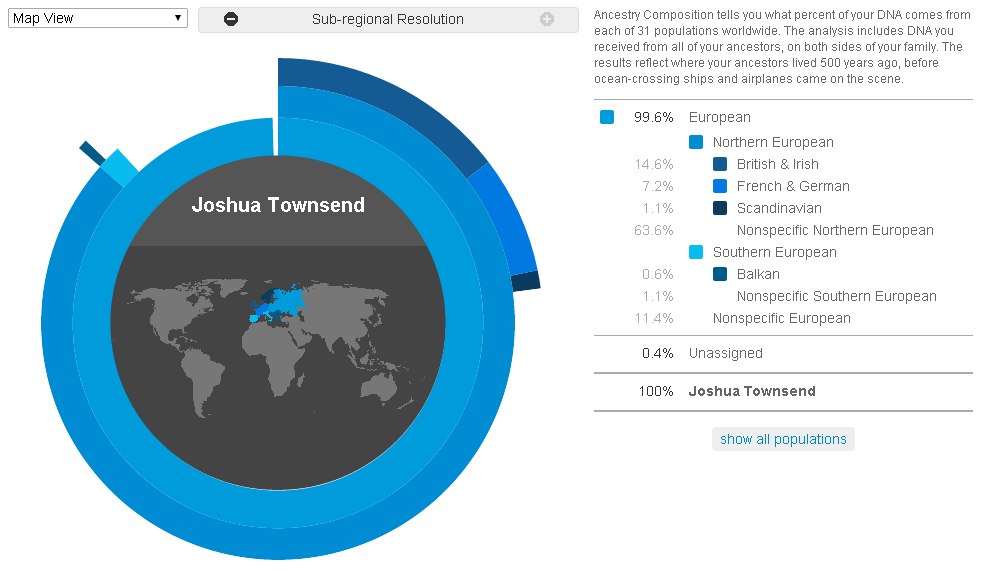
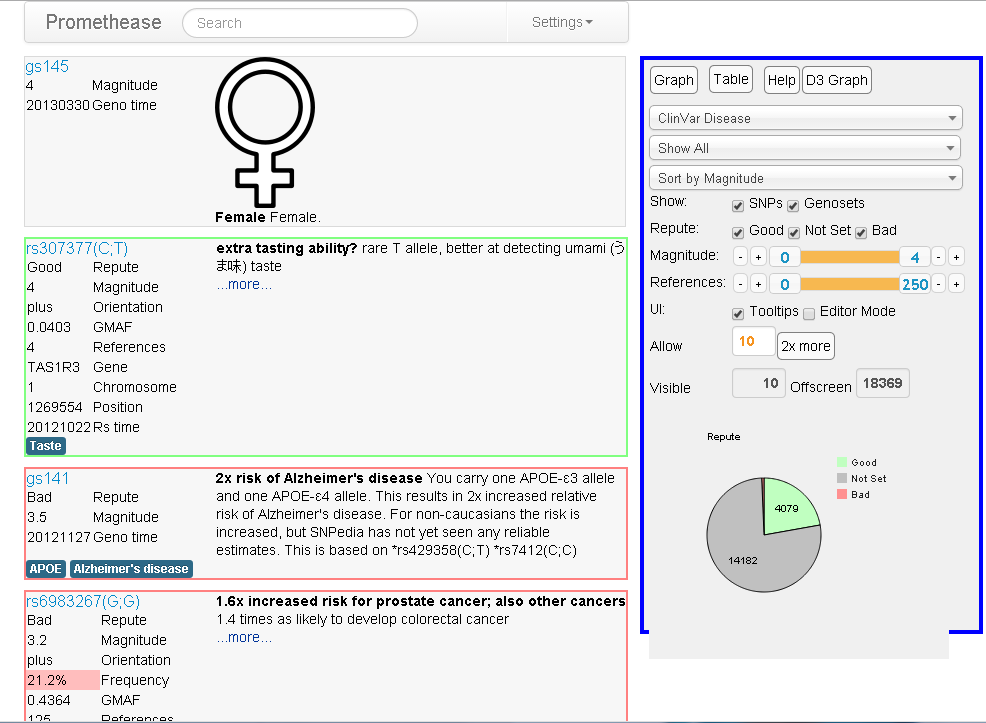
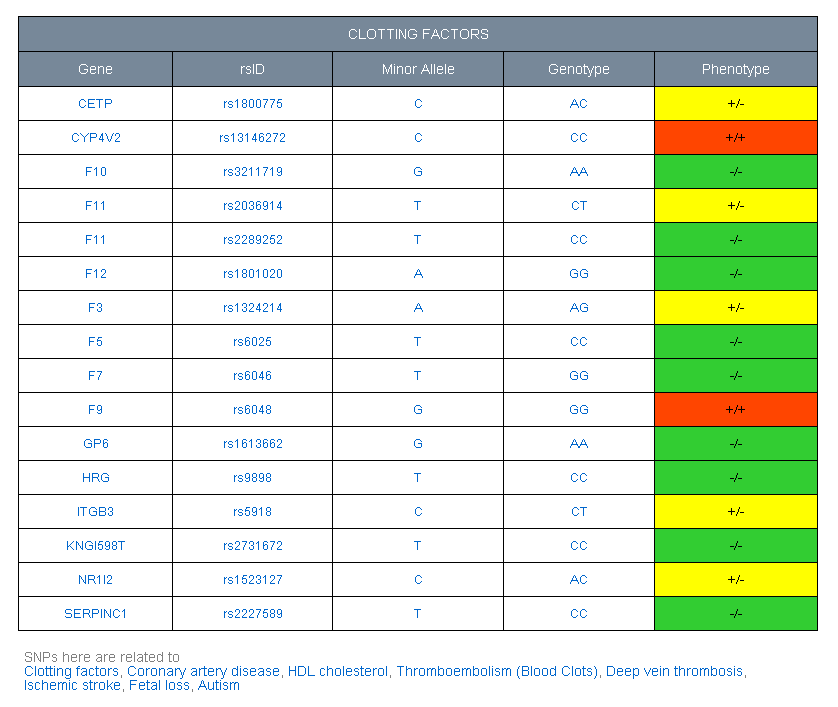
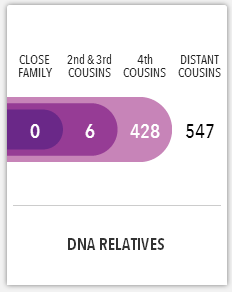
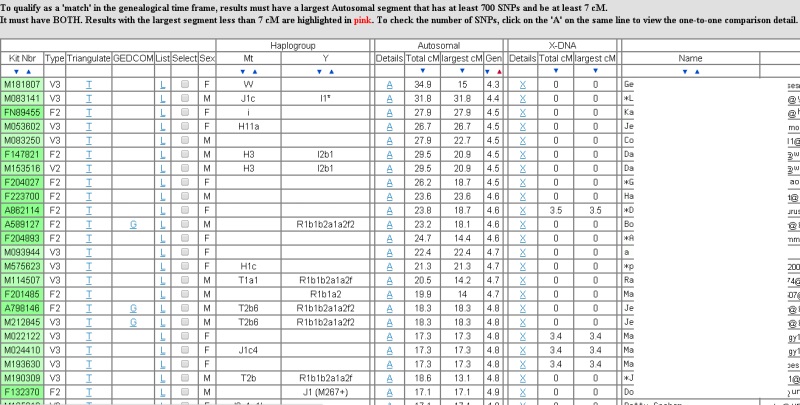
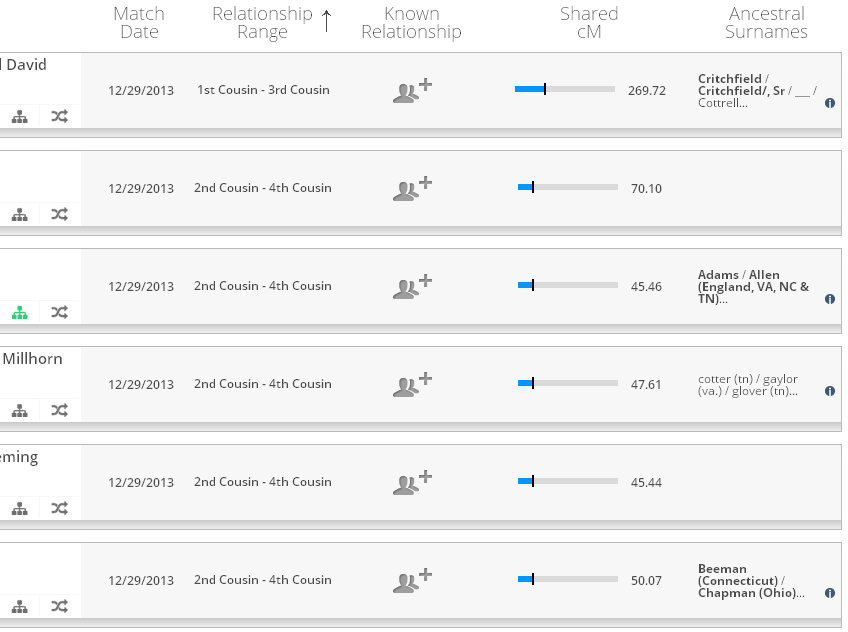
Leave a Reply